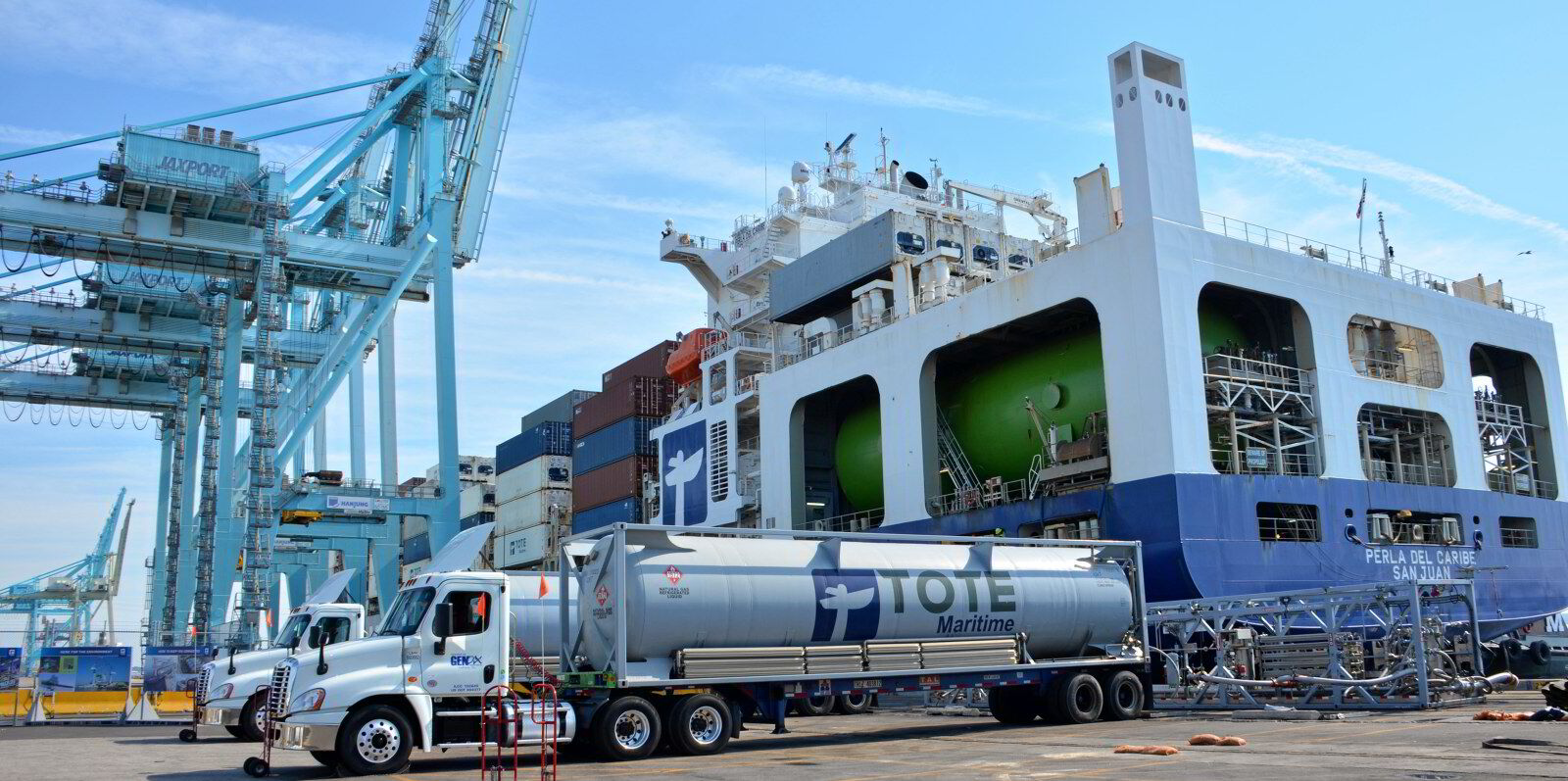Four decades ago, Saltchuk Resources was a company focused on two vessels on a back-and-forth run from Washington state to Alaska.
Fast-forward to today, and it is a multibillion-dollar maritime and logistics empire that controls dozens of companies and employs 8,500 staff.
And with the addition of its seventh business unit in the takeover of Overseas Shipholding Group (OSG) that values the tanker owner at $950m, the privately held Seattle conglomerate has shown it has the financial firepower to continue its growth path.
Saltchuk, after all, not only had the cash to buy up OSG’s shares — although some of that outstanding stock was purchased with cash on the takeover target’s own balance sheet — but also to pay off a swathe of OSG’s debt to cement the transaction, as securities filings show.
At the time of the OSG deal, Saltchuk said it had annual revenue of about $5bn and 7,500 employees. That is significantly up from 2016 revenue of $2.65bn and a headcount of 5,680 reported by the Puget Sound Business Journal.
The path to build Saltchuk’s sprawling footprint — which stretches from offices in Hawaii and Alaska to the Caribbean and includes shipyards, container vessels, ro-ros, tugs, barges, ship management and airfreight — has included key landmarks, such as its pioneering role in turning to LNG as an alternative fuel.
It has grown with the multi-generational backing of its founders; the descendants of three of the original owners are still involved.
“Saltchuk’s success is largely credited to our strategy of acquiring strong companies and maintaining a decentralised management structure,” the company said in an emailed response to TradeWinds’ questions.
“Saltchuk provides leadership and resources but not direct management of our companies’ operations. Our acquisition strategy evaluates culture fit and seeks to align us with companies who share our core values of safety, reliability and commitment to their communities, employees and environments.”
But it has not been without its challenges along the way, such as when the company suffered the worst US-flag shipping casualty of the 21st century so far and was caught up in a price-fixing investigation, alongside a rival on the Puerto Rico trade lane.
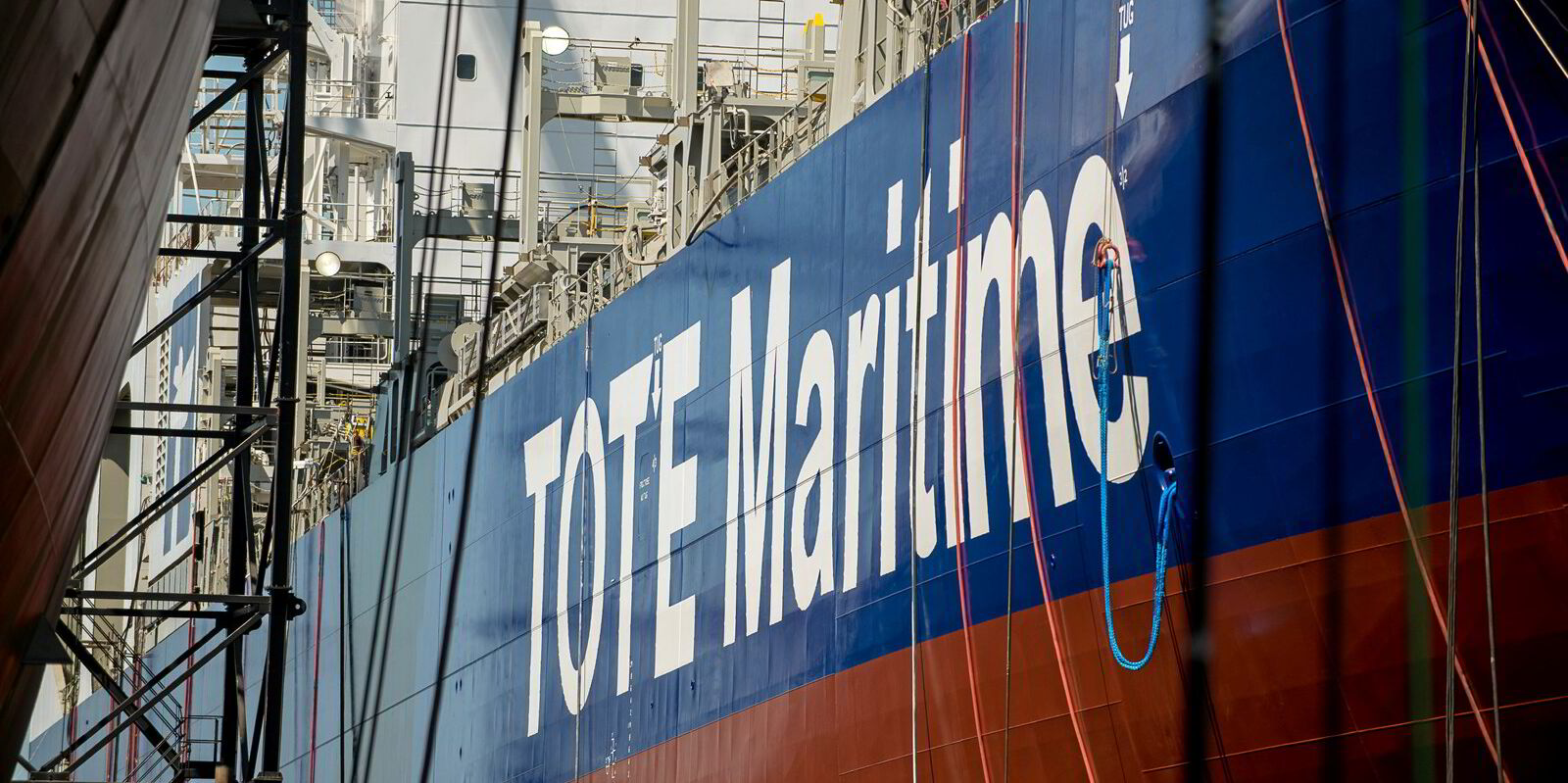
Below is a sampling of Saltchuk’s acquisitions since it was formed in 1982 as Totem Resources.
1982: Totem Ocean Trailer Express (later named TOTE Maritime)
1987: Foss
1989: International Management Corp (later named Tote Services).
1996: AmNav
1998: Sea Star Line (later becoming TOTE Maritime Puerto Rico)
1999: Young Brothers
2000: DeltaWestern Petroleum
2005: Inlet Energy
2006: Ohana Fuels, Minit Stop, Hawaii Petroleum, Northern Air Maintenance Services, Northern Air Cargo
2008: Aloha Air Cargo, Aloha Tech Ops
2011: Cook Inlet Tug and Barge
2013: Carlile
2014: Tropical Shipping, Caribtrans, Deluxe Freight, Seven Seas Insurance
2016: StratAir
2017: Puerto Rico Terminals
2019: Alaska Petroleum
2020: Naniq Global Logistics
2021: The Jankovich Company
2022: Ryan Air Alaska, CityServiceValcon, New Bedford Foss Marine Terminal
2024: Overseas Shipholding Group
This history of Saltchuk was built on securities filings, the company’s public account of its history, court documents, market sources and media reports, including the TradeWinds archive.
The company’s story begins in 1982 when a group of investors, including lawyer Stanley Barer, came together to form Totem Resources to take over Totem Ocean Trailer Express, a company also known as TOTE that operated two ro-ros on a service linking Alaska to the port of Seattle.
At the time, the 31,500-gt Great Land (built 1975) and Westward Venture (built 1977), both Ponce-class vessels constructed in the US to meet the requirements of the Jones Act, were touted as the largest trailer-carrying ro-ros in the world.
Before the 1980s closed, the group known as Totem Resources expanded into marine services as it set the trend for future acquisitions: buying up established complementary businesses in the maritime world.
It acquired Foss Maritime, an owner of tugs, barges and offshore service vessels that had started 100 years earlier when Norwegian immigrant Thea Foss bought a rowing boat in Tacoma and flipped it for a profit.
Also in Saltchuk’s first decade, it acquired a ship management firm in Philadelphia known as Interocean Management Corp.
The firm managed the TOTE ro-ros and several vessels controlled by the US Maritime Administration.
The division is known today as TOTE Services. Serving a fleet of about 100 vessels, it is involved in vessel management, crewing, technical consulting and newbuilding construction management.
Saltchuk’s expansion accelerated in the 1990s and added geographic reach with the acquisition of ship-assist company AmNav, Florida-to-Puerto Rico ro-ro operator Sea Star Line and Hawaii tug-and-barge operator Young Brothers. It also moved into the real estate business.
Later acquisitions broadened its transportation and logistics portfolio.
But Sea Star Line, which eventually became part of the TOTE Maritime brand that brought together the liner business focused on Jones Act-qualifying trades to Alaska and Puerto Rico, would go on to get itself in trouble.
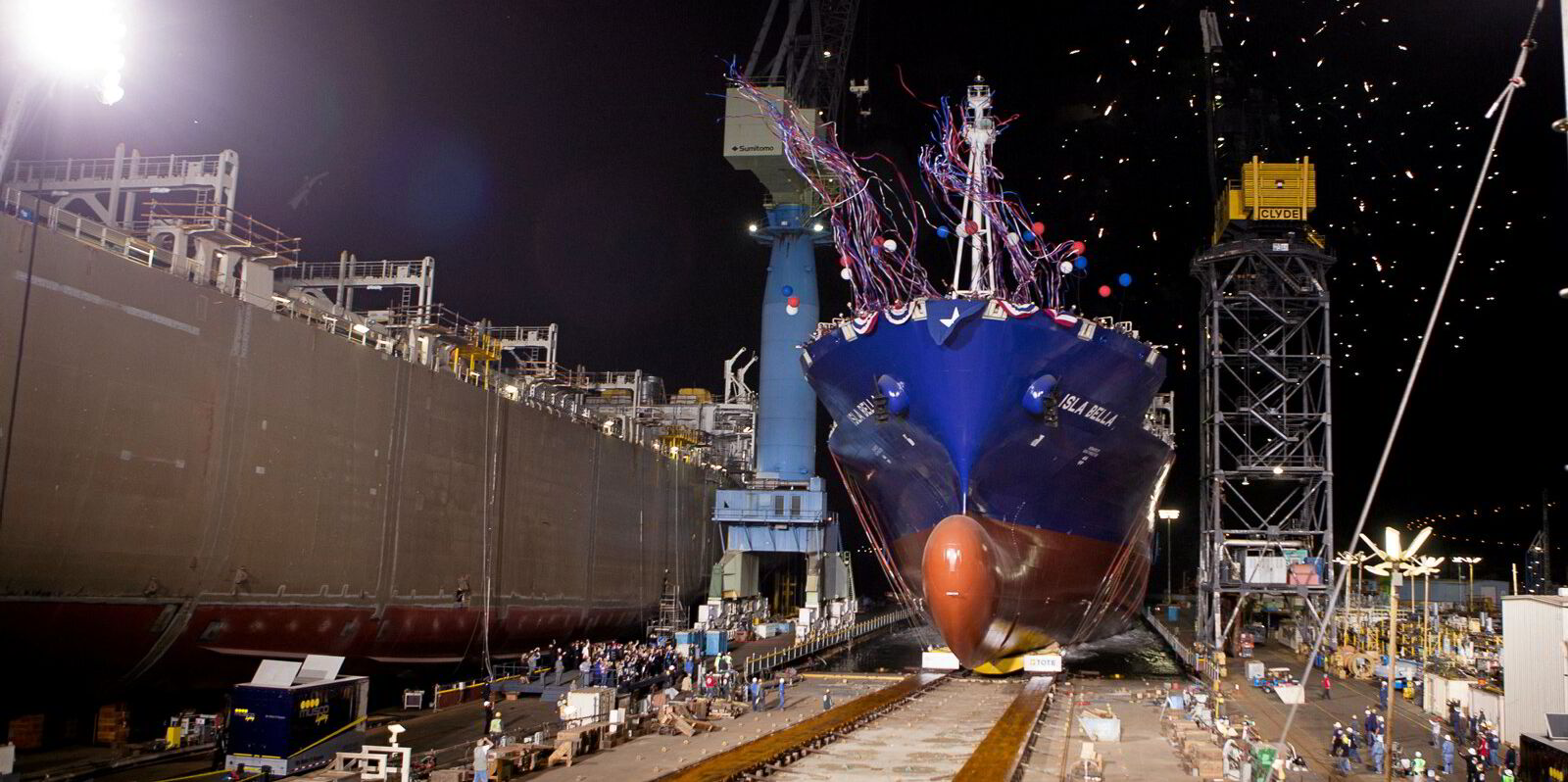
In 2011, it agreed to pay a $14.2m criminal fine for price-fixing with rival Horizon Lines as part of a guilty plea. Frank Peake, Sea Star Line’s former president, was ordered to spend five years in prison — the longest-ever jail term in a US antitrust case.
In the past decade, Saltchuk has gone big on ocean shipping.
It snapped up Miami-headquartered Tropical Shipping in 2014, marking its major entry into international-flag ocean shipping with a fleet of container ships and ro-ros operating in regional trades.

Then in 2015, tragedy struck. TOTE Maritime’s 5,330-lane-metre El Faro (built 1975) sank in the Bahamas during a powerful hurricane, killing all 33 mariners in the deadliest US-flag shipping casualty in decades.
The ship’s captain took the most blame for the sinking. The National Transportation Safety Board said the probable cause of the incident was his failure to take sufficient action to avoid the hurricane, to use current weather information and to muster the crew in time.
“Also contributing to the sinking was the inadequacy of both TOTE’s oversight and its safety management system,” the board said, pointing to the lack of appropriate lifeboats and of an approved damage control plan.
The incident overshadowed one of Saltchuk’s highest-profile contributions to the evolution of shipping.
Earlier that year, a TradeWinds reporter watched as the first ever LNG-fuelled container ship slid into the water at the Nassco shipyard in San Diego, California.

TOTE Maritime’s 3,100-teu Isla Bella (built 2015), the first of two sister vessels, would begin operations shortly after El Faro’s sinking.
Peter Keller, who was involved in the project as a former president of Sea Star Line and executive vice president of TOTE Inc, said Saltchuk is more innovative than most family-run companies.
And he said chairman Mark Tabbutt and family are supportive of work that has an environmental benefit — such as LNG’s lower sulphur and nitrogen oxide emissions.
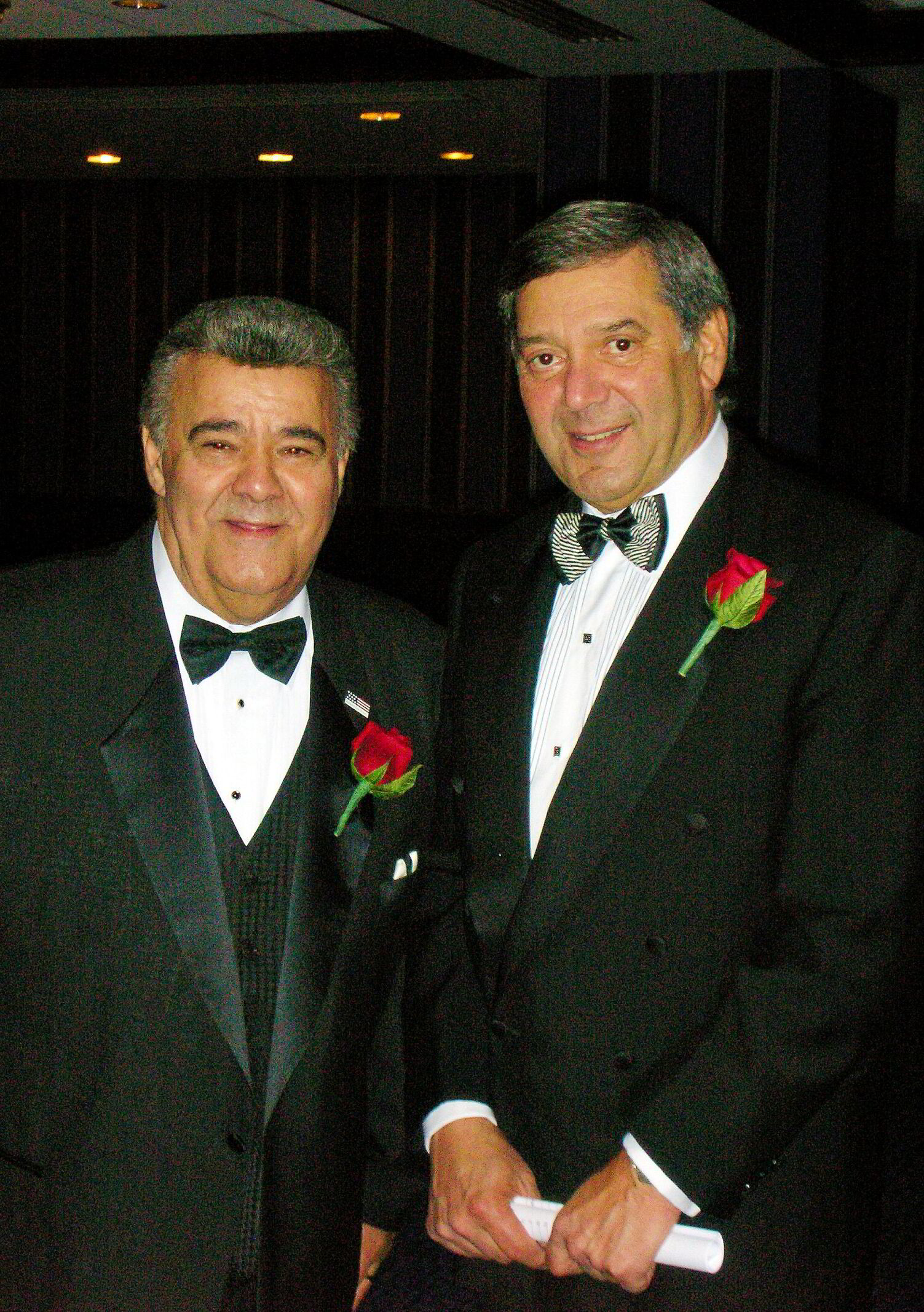
Adopting LNG involved more than building and operating ships with new technology. Keller, who is now chairman of LNG fuelling industry group SEA-LNG, said the company had to work with partners to develop a supply chain for the fuel.
“Those were daunting tasks, when you think about it,” he said. “The family, Mark and the rest of the leadership and the board … were very, very supportive and understood the importance of what we were trying to do.”
The Marlin-class ships were also designed to carry more 53-foot containers, an innovation that Keller said was a result of listening to customers.
“One of the things that the Saltchuk Group was always very cognisant of is the importance of the customers — the importance of the person who pays the bills,” he said.
Carleen Lyden Walker, chief executive of the North American Marine Protection Association, highlighted Saltchuk’s focus on sustainability, such as the role of Foss in leading tug conversion to reduce emissions.
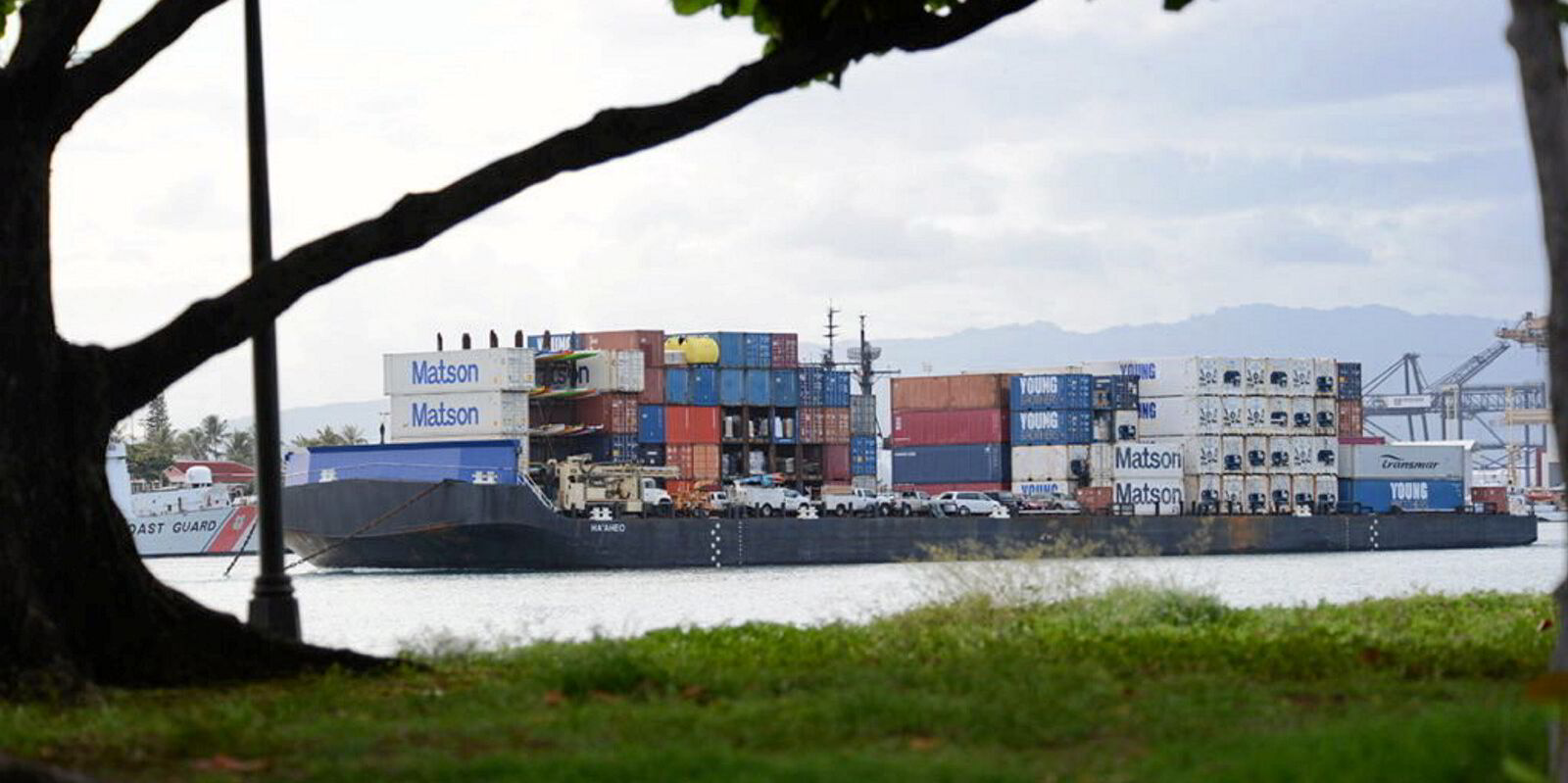
“I think one of the guiding principles is that they recognise that this is a family company. They’re responsible and responsive,” she told TradeWinds. “They are very keen on sustainability and they’re searching for the balance between sustainability and profitability.”
Walker would not be surprised to see more investment in decarbonisation and sustainability after the takeover of OSG.
Saltchuk’s move to acquire OSG added a new line of business in the ocean shipping space: a fleet of mainly US-flag, mainly US-built vessels qualifying for the Jones Act cabotage law.
OSG will continue to operate as an independently run shipowner, and chief executive Sam Norton and outside experts posit that Saltchuk ownership bodes well for investment in the tanker company’s future.
After the deal, Norton said in a LinkedIn post that more often than not, shipping stocks trade below net asset value, which limits the pursuit of new projects and incentivises management to deploy cash to repurchase shares.
“It is not difficult to understand that a capital strategy which fails to reinvest in the future, while arguably attractive to current shareholders, is not a great formula for sustaining the long-term viability of a business,” he said.
“Cue the attraction of ownership in private hands. An owner with a value generation horizon of more than a few months, who understands the nuances of cyclicality inherent in a commodity-like business and is willing to provide new capital to fund projects on the basis of the strength of that project on its own merits most certainly has appeal.”
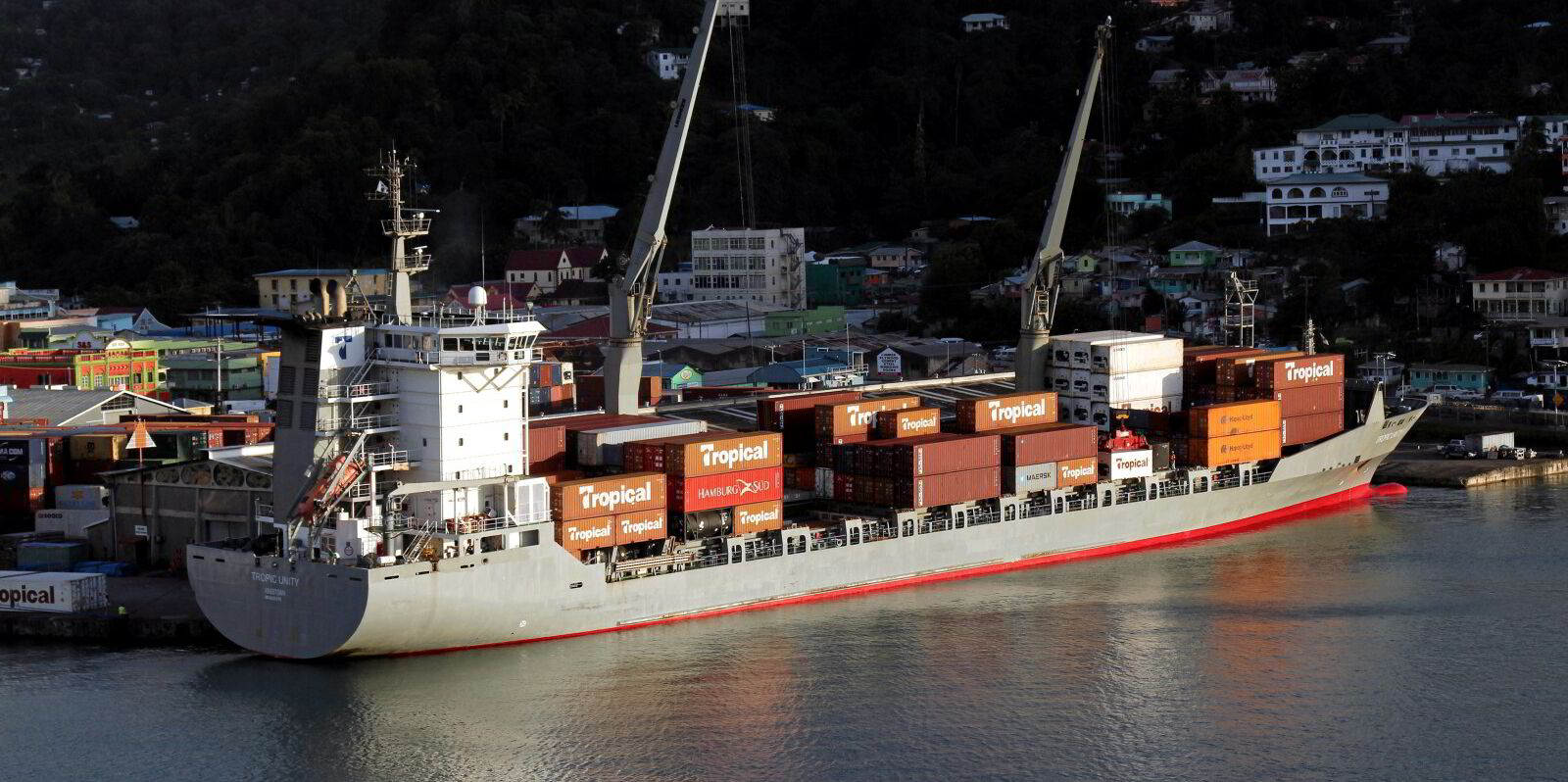
John McCown, a former liner executive who is founder of New York’s Blue Alpha Capital, noted that OSG’s board of directors was light on shipping experience, in contrast to Saltchuk’s deep bench in the maritime space.
He was involved in OSG’s 2014 recapitalisation, when he was senior vice president at hedge fund Paulsen & Co, which pumped $200m into the tanker owner as part of its Chapter 11 bankruptcy case, and McCown acknowledged to TradeWinds that he offered himself as a candidate for the board.
He said Paulson’s investment was more focused on the value of the Jones Act, rather than tankers specifically.
Had OSG looked to other opportunities in Jones Act shipping, investors might have valued a differentiated platform by more than its net asset value.
McCown is a believer in public shipping companies rather than privately held ones, arguing that the notion that capital markets do not understand the long-term nature of shipping is usually wrong.
“In the case of OSG, that would seem to fall apart because I’m not aware of any initiatives they had other than moving with the macro tide they were in and explaining what was going on in those commodity markets,” he told TradeWinds, noting that it gave investors nothing more than NAV as a benchmark for its valuation.
“Then along came Saltchuk with a better vision of what can be done with OSG’s assets. That includes the hard assets but likely initiatives on what will result in an improved future trajectory for OSG. I have no doubt they are in a better position to do that than was OSG’s board.”
Asked where it sees more growth opportunities, Saltchuk told TradeWinds that it continuously explores ways to grow and diversify.
